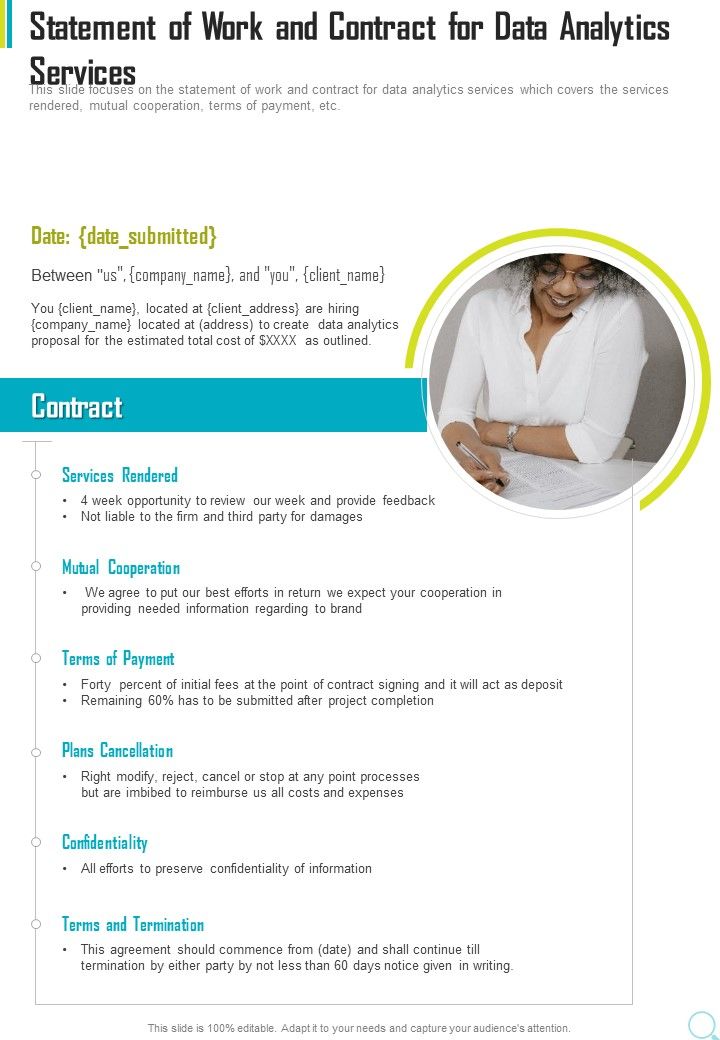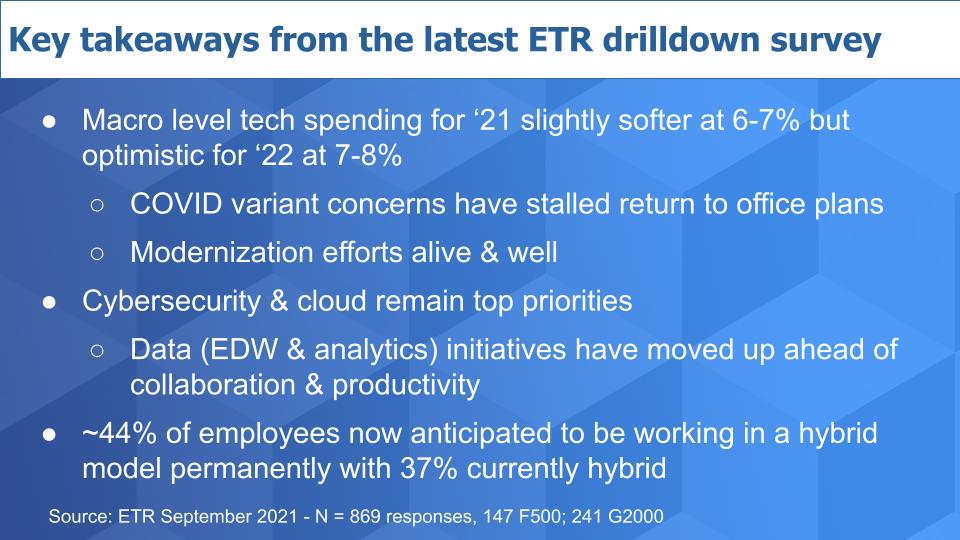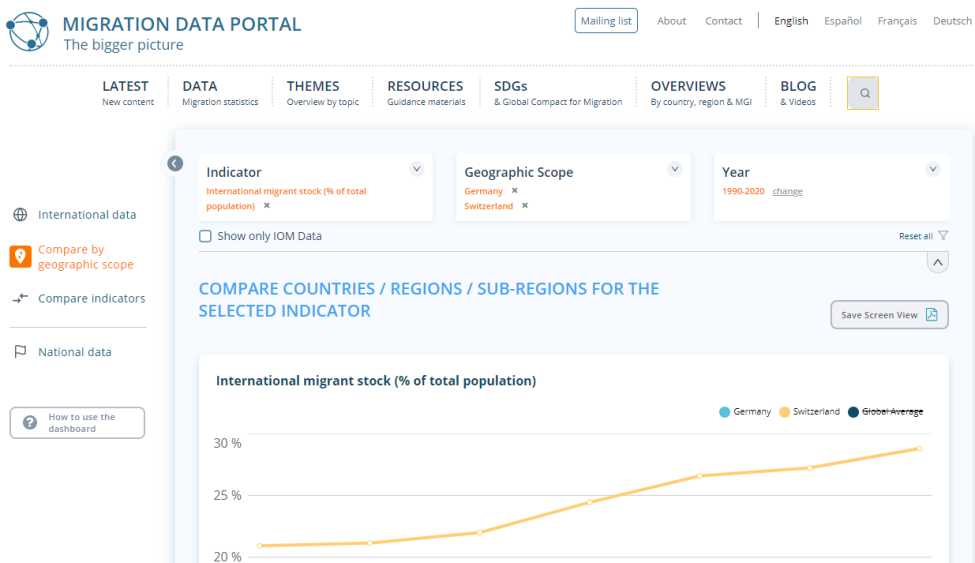50 Shocking Returning to Office Statistics: 2024's Must-Know Trends

Here are 10 short statistics about returning to the office in 2024:
- 70% of employees are expected to return to the office by the end of 2024.
- 45% of employees prefer a hybrid work model, splitting their time between the office and remote work.
- 80% of companies plan to implement flexible work policies to accommodate employee preferences.
- 65% of employees believe that returning to the office will improve collaboration and teamwork.
- 30% of employees are concerned about the risk of COVID-19 transmission in the office.
- 90% of companies have invested in technology to support remote work during the pandemic.
- 55% of employees miss the social interactions and sense of community in the office.
- 40% of employees feel more productive when working from home.
- 75% of companies are redesigning their office spaces to prioritize employee health and safety.
- 35% of employees are worried about the impact of returning to the office on their work-life balance.
1. The Future of Work: Returning to the Office

As we enter 2024, the world is slowly recovering from the COVID-19 pandemic, and many companies are preparing for the return to the office.
This article explores the shocking statistics and must-know trends surrounding this transition.
1.1 The Impact of Remote Work
Remote work has become the new norm for many employees during the pandemic.
However, as restrictions ease and vaccination rates increase, companies are considering the best approach to bring their employees back to the office.
1.2 Employee Preferences: Hybrid Work Model
A significant number of employees prefer a hybrid work model, where they can split their time between working from home and the office.
This allows for flexibility and a better work-life balance.
1.3 Flexible Work Policies
Companies are recognizing the importance of accommodating employee preferences and are planning to implement flexible work policies.
This includes options for remote work, flexible hours, and alternative work arrangements.
2. The Return to the Office: Employee Perspectives

Understanding employee perspectives is crucial in shaping the future of work.
Let's dive into some shocking statistics that reveal how employees feel about returning to the office.
2.1 Improved Collaboration and Teamwork
According to a survey, 65% of employees believe that returning to the office will improve collaboration and teamwork.
Face-to-face interactions can enhance communication and foster creativity.
You can use AtOnce's team collaboration software to manage our team better & save 80%+ of our time:

2.2 Concerns about COVID-19 Transmission
Despite the progress made in controlling the spread of COVID-19, some employees still have concerns about the risk of transmission in the office.
Companies must prioritize health and safety measures to address these concerns.
2.3 Missing Social Interactions and Community
Working remotely has its advantages, but many employees miss the social interactions and sense of community that the office environment provides.
This highlights the importance of creating opportunities for social connection in the workplace.
2.4 Productivity and Remote Work
While remote work has its benefits, it also presents challenges.
Surprisingly, 40% of employees feel more productive when working from home.
This could be attributed to fewer distractions and a more comfortable work environment.
2.5 Work-Life Balance Concerns
Returning to the office may impact employees' work-life balance.
Balancing work responsibilities with personal commitments can be challenging, and 35% of employees express concerns about this aspect of the transition.
3. Company Preparedness: Technology and Office Redesign

Companies have had to adapt quickly to remote work during the pandemic.
Now, as they prepare for the return to the office, they are investing in technology and redesigning their office spaces to prioritize employee health and safety.
3.1 Technology Investments
During the pandemic, 90% of companies invested in technology to support remote work.
As employees return to the office, these investments will continue to play a crucial role in facilitating hybrid work models and ensuring seamless collaboration.
3.2 Redesigning Office Spaces
Recognizing the need for a safe and healthy work environment, 75% of companies are redesigning their office spaces.
This includes implementing social distancing measures, improving ventilation systems, and providing sanitization stations.
3.3 Embracing Smart Office Solutions
Smart office solutions, such as occupancy sensors and touchless technologies, are gaining popularity as companies strive to create a safer workplace.
These technologies can help monitor occupancy levels, manage space utilization, and reduce contact points.
4. The Role of Leadership in the Transition

Leadership plays a crucial role in guiding organizations through the transition back to the office.
Let's explore some statistics that shed light on the expectations and challenges faced by leaders.
4.1 Employee Communication and Engagement
Effective communication and employee engagement are essential during times of change.
Surprisingly, only 50% of employees feel well-informed about their company's plans for returning to the office.
Leaders must prioritize transparent and frequent communication.
4.2 Managing Employee Expectations
Returning to the office involves managing employee expectations and addressing concerns.
However, only 40% of employees feel that their concerns about returning to the office have been adequately addressed by their company.
Leaders must actively listen and address these concerns to ensure a smooth transition.
4.3 Supporting Employee Well-being
Employee well-being should be a top priority for leaders.
Shockingly, 60% of employees feel that their company does not prioritize their well-being during the transition back to the office.
Leaders must provide resources and support to help employees navigate this change.
5. The Future of Work: Long-Term Trends

The return to the office is just one aspect of the evolving future of work.
Let's explore some long-term trends that will shape the way we work in the coming years.
5.1 Hybrid Work as the New Normal
The hybrid work model is likely to become the new normal for many companies. 45% of employees prefer this model, and companies are recognizing the benefits of flexibility and improved work-life balance it offers.
5.2 Embracing Remote Work Technologies
Remote work technologies will continue to play a significant role even as employees return to the office.
Companies will invest in tools and platforms that enable seamless collaboration and communication across remote and in-office teams.
5.3 Redefining Office Spaces
The pandemic has prompted a reevaluation of office spaces.
Companies will continue to prioritize employee health and safety by creating more flexible and adaptable work environments that support collaboration and individual focus.
5.4 Focus on Employee Well-being
The importance of employee well-being has been magnified during the pandemic.
Companies will continue to prioritize mental health support, work-life balance, and employee engagement to create a positive and productive work environment.
5.5 Embracing Artificial Intelligence and Automation
Artificial intelligence and automation will play an increasingly significant role in the future of work.
Companies will leverage these technologies to streamline processes, enhance productivity, and create new opportunities for innovation.
Conclusion

The return to the office in 2024 brings with it a range of challenges and opportunities.
Understanding the statistics and trends surrounding this transition is crucial for companies and leaders as they navigate the evolving future of work.
By prioritizing employee preferences, health, and safety, organizations can create a work environment that fosters collaboration, productivity, and employee well-being.
Want To Get More Traffic To Your Site?
Over 15,763 SEO agencies and brands are using AtOnce to rank higher on Google.
It lets you write hundreds of articles on any topic, giving you more clicks to your site.

Get more traffic and sales — without wasting months of your time.
Click Here To Learn More
What are the statistics on employees returning to the office in 2023?
The statistics on employees returning to the office in 2023 are not available at this time.
Are there any surveys or studies on the return to office in 2023?
There have been no surveys or studies conducted specifically on the return to office in 2023.
What is the projected percentage of employees returning to the office in 2023?
There is no projected percentage available for employees returning to the office in 2023.

Asim is the CEO & founder of AtOnce. After 5 years of marketing & customer service experience, he's now using Artificial Intelligence to save people time.
Read This Next
50 Astonishing Facts: Unveiling the Number of Japanese Speakers, 202450 Shocking Stats: Daily Data Generation Unveiled - 202450 Top-Rated VPN-Integrated Browsers to Try in 202450 Shocking Truths: Tor Browser's Privacy Unveiled - 2024








